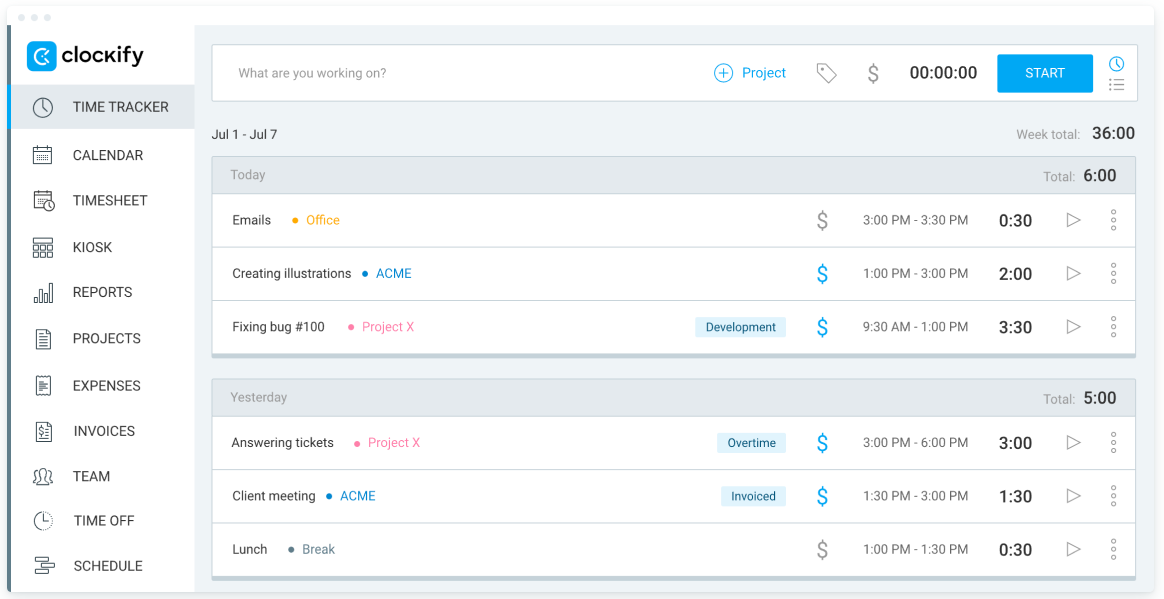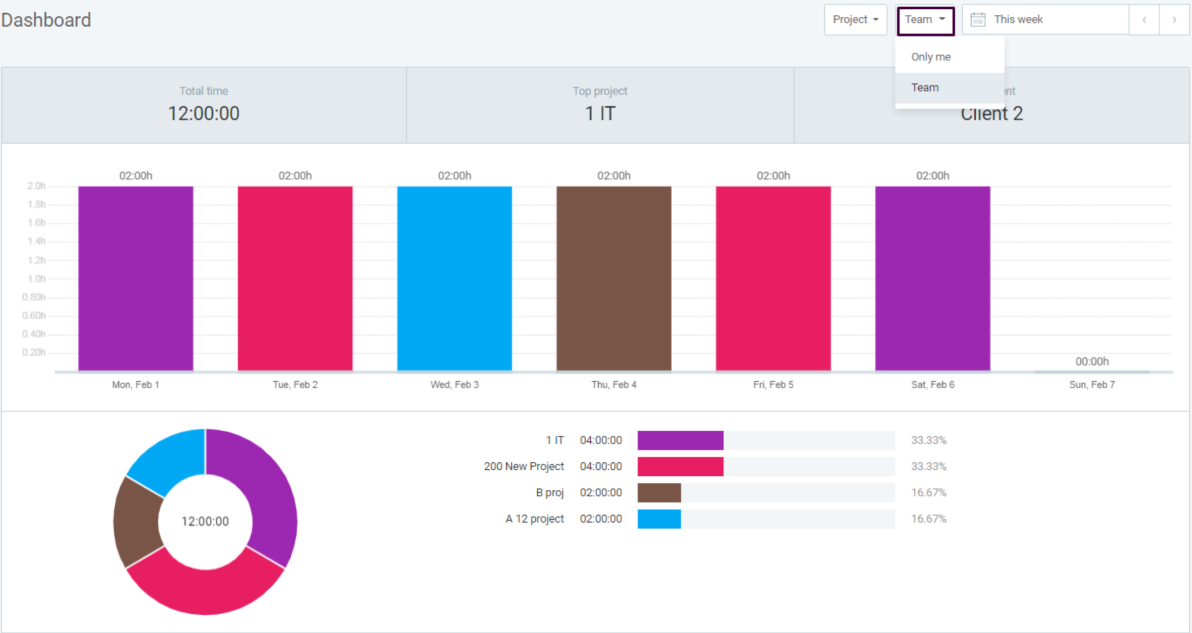If you want to avoid working in the morning, but you’re not a fan of working at night either, you may consider working alternative hours — the second shift.
The second shift allows you to start working in the mid to late afternoon and finish around midnight.
Since I didn’t know much about the second shift and how it works, I did some research on the subject, and in this blog post, I’ll talk about:
- What the second shift is,
- What typical second shift jobs are,
- What the pros and cons of working the afternoon shift are, and
- Give you some tips on how to make your afternoon shift experience as enjoyable as possible.

Let’s start!
- The second shift, also known as the afternoon shift, usually refers to a shift that starts in the mid to late afternoon and ends around midnight.
- The second shift hours generally involve working from 3 p.m. to 11 p.m.
- Working the second shift has some benefits, such as the possibility of sleeping in and organizing childcare more easily.
- Some of the drawbacks of second shift work are that it affects the social life of employees and brings certain health problems.
- Certain tips can help you overcome the difficulties that may arise when working a second shift. They include taking proper rest in the morning, eating more healthily, and finding people with similar work schedules that you can hang with.
Table of Contents
What is a second shift?
The second shift, also known as the afternoon shift or swing shift, usually refers to a shift that starts in the mid to late afternoon and ends around midnight. In other words, the second shift normally represents a work period that’s a bridge between the first shift — which usually ends in the afternoon and the third shift — which typically starts in the late evening.
Schedule second shift tasks with Clockify
Exactly what hours the second shift includes may vary depending on the company policy or the nature of the job, which we’ll talk about more next.
💡 Clockify Pro Tip
Want to learn more about swing shift schedules and their benefits and drawbacks? Check out the blog post below:
What are second shift hours?
The second shift hours or the afternoon shift hours generally involve working from 3 p.m. to 11 p.m. However, the second shift hours may vary depending on business needs or company policy.
For example, if a company has the rule that the first shift starts at 9 a.m. and lasts until 5 p.m., then the second shift hours would include working from 5 p.m. to 1 a.m. This, of course, applies if the company operates on a standard 8-hour shift schedule.
💡 Clockify Pro Tip
If you want to learn more about 8-hour workdays and how you can calculate them, but also how you can make a functional 8-hour schedule for yourself, here are some useful resources:
What are typical second shift jobs?
Some typical second shift jobs include:
- Servers,
- Bartenders,
- Hotel front desk clerks,
- Security guards,
- Customer service representatives,
- Nurses and doctors,
- Police officers, and others.
Generally speaking, the second shift is present in any industry that needs coverage after the first shift ends.
For example, healthcare facilities often operate 24/7, which requires their employees to work all three shifts (first, second, and third shifts). Similarly, hospitality businesses often use various shifts, including the second shift, to tend to their customers’ needs at all times.
💡 Clockify Pro Tip
In addition to the traditional first, second, and third shifts, businesses nowadays use different work schedules that suit their business needs. To learn more about some of these schedules, read our blog posts:
How does the second shift compare to the first and third shifts?
Essentially, the first, second, and third shifts compare in terms of:
- Employees’ productivity, and
- Business needs.
When it comes to employees’ productivity, some employees feel energized as soon as they wake up, so they prefer working the first shift.
On the other hand, some employees function better in the evening or at night — so they prefer working the second or third shift.
In fact, according to a study on chronotypes, people are genetically predisposed to be more alert and productive at different times of the day. This explains why some employees are better suited to work the first shift, while some feel that the second shift is a better fit for them, for instance.
Enhance your productivity with Clockify
Regarding business needs, some businesses and institutions — e.g. bakeries and post offices — usually operate during standard business hours (8 a.m. to 5 p.m.). Therefore, they only need their employees to work the first shift.
In contrast, some businesses, such as healthcare facilities, for example, require round-the-clock coverage, so they need their employees to work all three shifts (first, second, and third shifts).
Now, let’s summarize what we’ve learned so far in the table below.
| Shift type | Other common names | General working hours | Who’s it great for? |
|---|---|---|---|
| First shift | Day shift, early shift, morning shift | 8 a.m. to 5 p.m. | Morning larks and businesses that usually operate in the mornings. |
| Second shift | Afternoon shift or swing shift | 3 p.m. to 1 a.m. | Employees whose productivity is strongest in the afternoon or evening and businesses that require coverage after the first shift ends. |
| Third shift | Night shift or graveyard shift | 9 p.m. to 7 a.m. | Night owls and businesses that require coverage after the second shift ends. |
What are the benefits of working the second shift?
If you have doubts whether second shift work is right for you, I’ve rounded up some of its biggest benefits, so check them out below.
Benefit #1: Second shift allows employees to sleep in
Since not everybody is a morning person, being able to sleep in and not work in the morning is a huge advantage for some employees.
If we recall the previously mentioned research on chronotypes, some people are simply wired to function better in the evening than in the morning.
Additionally, as research on the neuro-cognitive profile of different chronotypes suggests, people with the evening chronotype show better cognitive ability in the evening — including their ability to concentrate.
Therefore, if you like to sleep a little longer in the morning or your attentiveness level is lower at that time of the day, the second shift may be the ideal shift for you.
💡 Clockify Pro Tip
If you’re interested in finding out when some famous successful people wake up and what their daily routines look like, check out this article:
Benefit #2: Second shift allows time for completing personal tasks
Working the second shift offers more flexibility in the morning to complete various personal tasks — from going to doctor appointments to grocery shopping.
On this note, our colleague Natalija Cibralic, who works the second shift as a Customer Support Agent, adds that having mornings off allows her to complete certain administrative tasks:

“Since most institutions like banks or local government offices are open until 4 p.m. at the latest, being free in the morning allows me to finish various administrative tasks. This is one of the greatest advantages of working the second shift, in my opinion.”
Furthermore, the afternoon shift work can be convenient for working parents because it allows them to better coordinate with their partners in terms of childcare duties.
In this regard, the CMO at event planning company Breezit, Rasa Urbonaite, explains that working the afternoon shift enables employees to organize responsibilities around children more easily:

“Some of our coworkers prefer to work in the evenings when their partners come home because they want to spend time with their children in the morning. This way they can avoid commuting and taking their kids to nurseries.”
Benefit #3: Second shift enables employees to avoid rush hour traffic
As second shift workers go to work in the afternoon, they manage to avoid the morning rush hour, which is extremely convenient — especially for people who live and work in big cities.
This allows them to spend less time commuting and experience less stress, thus having a better start to their workday.
What are the drawbacks of working the second shift?
As it is most likely the case with any type of shift, in addition to certain advantages, working the afternoon shift also brings some disadvantages. To learn more about them, pay attention to the following paragraphs.
Drawback #1: Second shift may come with certain health problems
As a study on the dangers of working second and third shifts suggests, employees who work non-traditional schedules (any schedule that’s not a traditional 9-5 schedule) may be more prone to health problems related to sleep and metabolism.
As our colleague Natalija also adds, working the afternoon shift can lead to a general disruption of the natural biorhythm:

“It can change your sleeping rhythm because sometimes you won’t be able to fall asleep right after you finish your shift.”
Furthermore, according to the International Journal of Epidemiology’s article, shift work employees are more likely to become overweight, which can increase their chances of developing health complications.
Drawback #2: Second shift can make employees feel isolated
If most of the people in your life work the first shift, working the second shift may mean you’ll have fewer and fewer opportunities to spend time with them. This can make you feel isolated and lonely.
According to research on the psychological impact of shift work, 31% of evening shift workers reported they were feeling socially isolated.
Moreover, second shift workers who feel socially isolated may also be more susceptible to developing certain mental health problems.
As the research on how shift work affects mental health states, social isolation and lack of work-life balance are frequent causes of anxiety and depressive symptoms in shift workers.
💡 Clockify Pro Tip
If you feel like you’re struggling mentally and need a break from work, you should know that in the US, many employers offer benefits and extended leaves of absence when it comes to mental health. To learn more about your options for taking a mental health leave of absence in the US, read our guide:
Drawback #3: Second shift reduces opportunities for attending evening events
When you work the second shift, you often won’t be able to attend events such as birthday dinner parties, evening gatherings with friends, and similar.
According to research on shiftwork’s impact on sleep, family and social life, family and social life satisfaction is significantly lower among evening shift workers compared to those who are working in the morning.
The reason for this comes from the fact that the evening shift schedule implies “working on the most valued periods of time from the perspective of the fruition of social and family activities (i.e. end of day).”
Moreover, if you work the afternoon shift, you also have limited opportunities to go to concerts or similar cultural events, as most of them take place in the evening.
Tips for working the second shift
Finally, here are some useful tips that can help you overcome the difficulties that may come with the afternoon shift work.
Tip #1: Make sure you don’t over-exhaust yourself in the morning
While you may feel like you want to spend your free time in the morning doing everything you can’t do during the rest of the day, try to refrain from over-activity and instead find a balance.
For example, if you decide to hit the gym in the morning, make sure you leave some time for yourself to relax afterwards and not jump right into the next activity.
After all, the last thing you want to do is go to work tired.
Tip #2: Focus on your mental and physical health
To be able to remain healthy while working the afternoon shift, it’s important to pay attention to both your mental and physical condition.
So, make sure you cut out time for yourself — whether it’s watching your favorite movie, reading a book, or going to a massage. It can help you relax your brain and body and prepare for the day ahead of you.
Also, try to eat as healthy as you can, even if it requires preparing nutrient-rich meals and snacks ahead of time and bringing them to work. This will make you feel more energized throughout the day.
Tip #3: Find people with similar work schedules that you can socialize with
As we mentioned in the text above, if most of your friends work the day shift, working the afternoon shift can make you feel isolated.
To reduce that feeling of isolation, as a valuable tip, our colleague Natalija suggests finding people with similar work schedules that you can socialize with:

“For example, going to a group workout in the morning can be a good way to meet some new people with a similar schedule.”
What are other types of shifts?
As I mentioned in the text above, besides the second shift, there are other types of shifts that companies use to schedule employees.
Some of these types of shifts are:
- First shift — the first shift typically starts at 8 or 9 a.m. and lasts until 5 or 6 p.m. With this shift type, you start working in the morning and finish in the afternoon.
- Third shift — the third shift starts in the late evening and lasts until morning. With this shift type, an employee typically starts working at 11 p.m. and finishes at 7 a.m., though these hours may vary from company to company.
- Fixed shift — employees with a fixed shift schedule work the same type of shift every day. For example, if you work the first shift every day of the week, that means you have a fixed shift schedule.
- Rotating shift — compared to employees who work the same type of shift every day of the week, employees who work rotating shifts have schedules that change over a period of time. In other words, working rotating shifts means that sometimes you’ll work the day shift, and other times you’ll work the night shift, for example.
- Split shift — when working a split shift, employees have a work schedule in which their workday is divided into two or more work periods separated by unpaid non-work periods. For instance, an employee who works a split shift may work from 10 a.m. to 2 p.m., have a break until 6 p.m. and continue working until 10 p.m.
Use Clockify to track shift work and increase productivity
Since not all employees prefer to work in the evening, some of them may have difficulty staying focused and productive during the second shift.
So, if you need a way to increase your employees’ productivity, Clockify can help you with that.

Clockify is a time tracking tool that allows you and your employees to track the time you spend working on projects and tasks during the second shift. As soon as your shift begins, you can start tracking the time for your first task — just enter what you’re working on, select the appropriate project, and start the timer.
In Clockify, you can also analyze your tracked time by opening Dashboard. There, you can see which activities you spend the most time on.

By analyzing your tracked time, you and your employees can see whether you spend too much time on trivial activities or procrastinate.
Track your and your employees’ productivity using Clockify!


